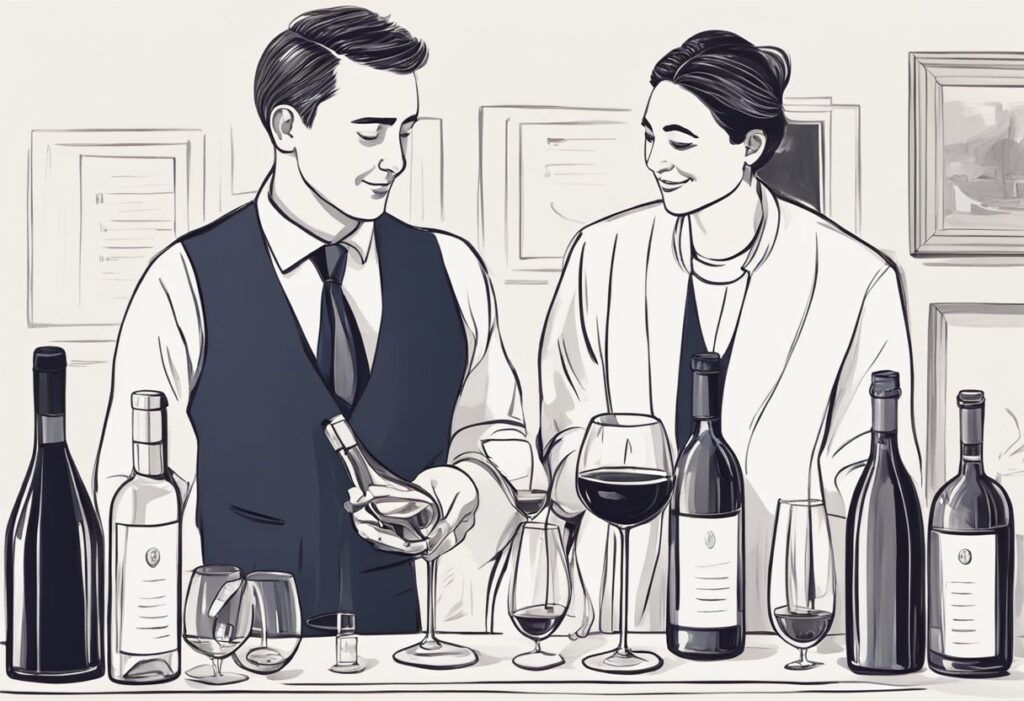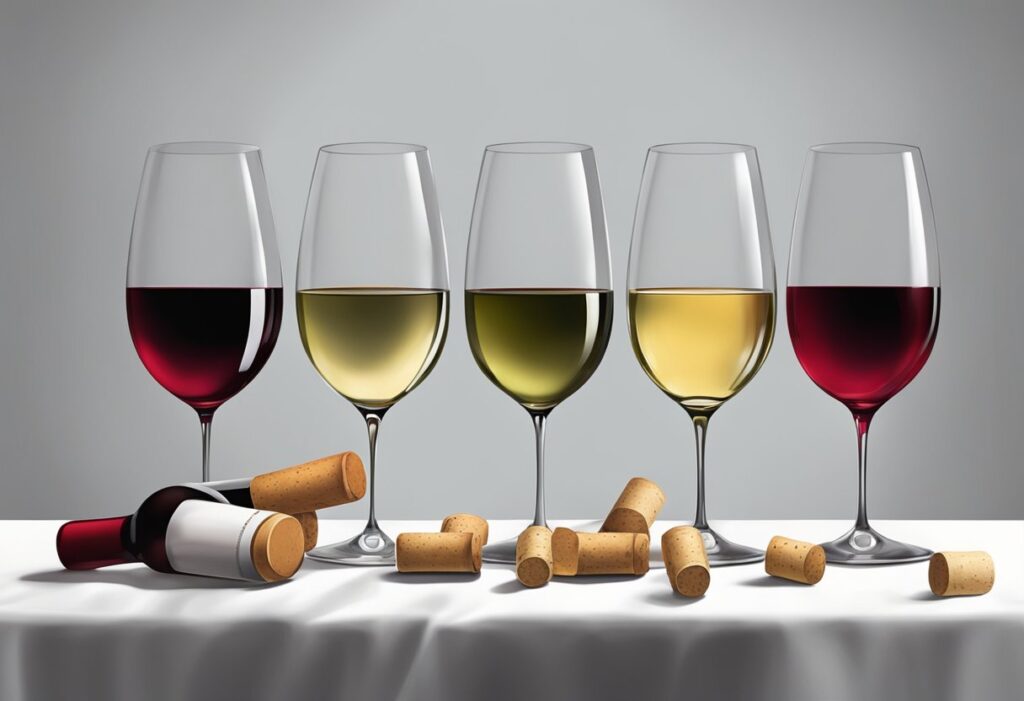The color of wine is more than just a visual pleasure—it offers clues about the wine’s age, grape variety, flavor profile, and more. When you pour a glass of wine, the distinct hues, ranging from the palest yellows in white wines to the deep, rich purples and garnets in reds, are the result of complex interactions between the grape skins, fermentation processes, and aging methods.
By learning to interpret these colors, you can begin to understand the wine’s story without even taking a sip.
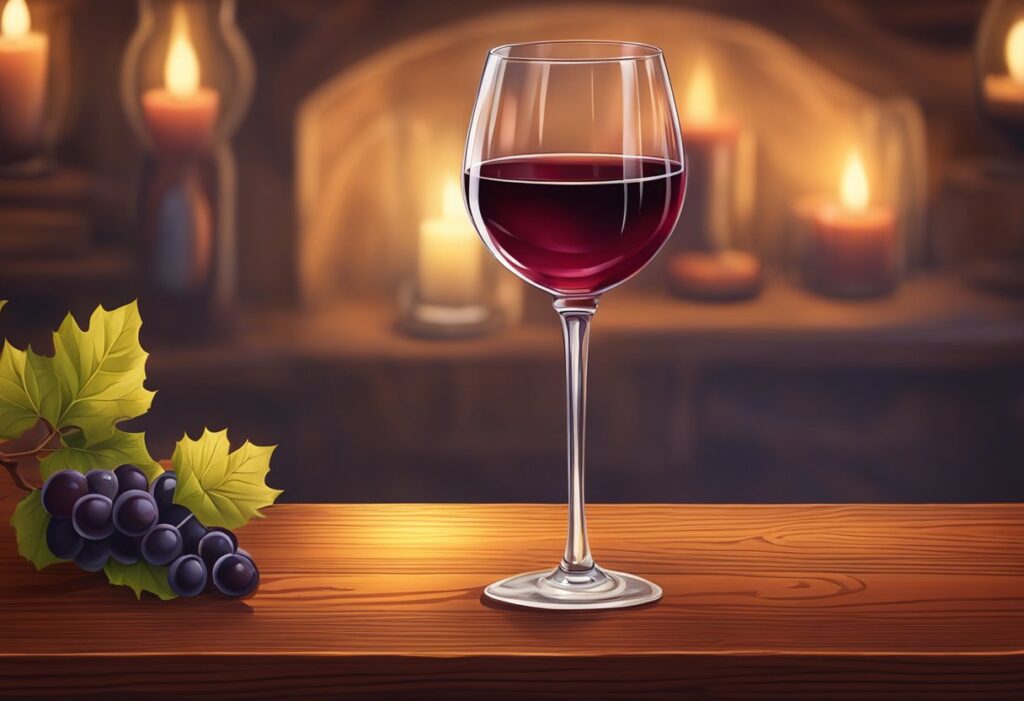
Each shade and intensity of color in wine reflects specific aspects of how the wine was made and what you might expect in terms of taste and aroma. Light-bodied red wines, for example, often possess lighter, more translucent colors, while full-bodied reds typically showcase a darker, more opaque appearance.
The color can also indicate the wine’s potential to age; lighter colors might suggest a wine is ready to drink sooner, whereas deeper colors often signify that a wine might benefit from further aging. Engaging in wine color evaluation isn’t just for professionals—it’s an approachable and enriching part of wine appreciation that can enhance your overall tasting experience.
Key Takeaways
- Wine color provides insights into age, grape type, and flavor.
- Variations in color intensity can indicate body and age-ability of the wine.
- Learning to assess wine color enhances overall enjoyment and understanding.
Understanding Wine Color
When selecting a wine, its color reveals a wealth of information about the grape variety and winemaking practices. It’s a visual cue to the wine’s character and complexity.
Basics of Wine Color
Hue refers to the shade of color you perceive, central to understanding wine’s visual appeal. Wine color primarily comes from anthocyanin and tannin found in grape skins, with red wines obtaining their color through contact with skins during fermentation.
Co-pigmentation is a phenomenon that stabilizes color in young red wines, while tannins affect the bitterness and astringency in wine mouthfeel. A wine’s intensity of color can hint at its body and aging potential.
Influence of Grape Variety
Different grape varieties bring distinct color pigments to wines. For instance, Pinot Noir grapes produce wines with a lighter ruby hue compared to the deep purple of Syrah due to differences in anthocyanin levels. Color charts capture this diversity by categorizing wines into color ranges, from pale yellows in white wines to deep purples in reds. This can be a crucial tool in identifying wines and understanding their grape variety origins.
Color Variations in Wines
When selecting wine, the color is your first indication of its unique characteristics. From the intense hues of red wines to the subtle tones of white wines and the vibrant shades of rosé wines, each color variation hints at the wine’s flavor profile and vinification process.
Red Wines
Red wines exhibit a spectrum of colors varying from light translucent shades to deep, rich tones. The shade of a red wine offers clues about its body, age, and grape variety.
For instance, a light-bodied red like Pinot Noir has a bright purple to garnet hue, suggesting a wine that’s often lighter in tannins and has a higher acidity. On the other end, a full-bodied Cabernet Sauvignon often shows deep ruby or purple colors, typically indicating a wine with bold flavors and higher tannin content.
White Wines
The color of white wines can range from pale straw to deep gold. These variations reflect factors such as grape variety, aging process, and whether the wine has been oak-aged.
A young Sauvignon Blanc might have a pale straw shade, often revealing a crisp acidity and fresh fruit flavors. An oaked Chardonnay, on the other hand, can possess a richer golden hue, a sign of the creamy and buttery notes you can expect on your palate.
Rosé Wines
Rosé wines vary in shades from a pale onion-skin orange to a vivid near-purple, depending on grape variety and winemaking techniques. The lighter shades suggest a rosé that is likely to be drier and more delicate in flavor, such as those from Provence. Meanwhile, darker rosés, such as those made from Grenache grapes, can offer bolder fruit flavors and a hint of sweetness.
Color and Wine Making
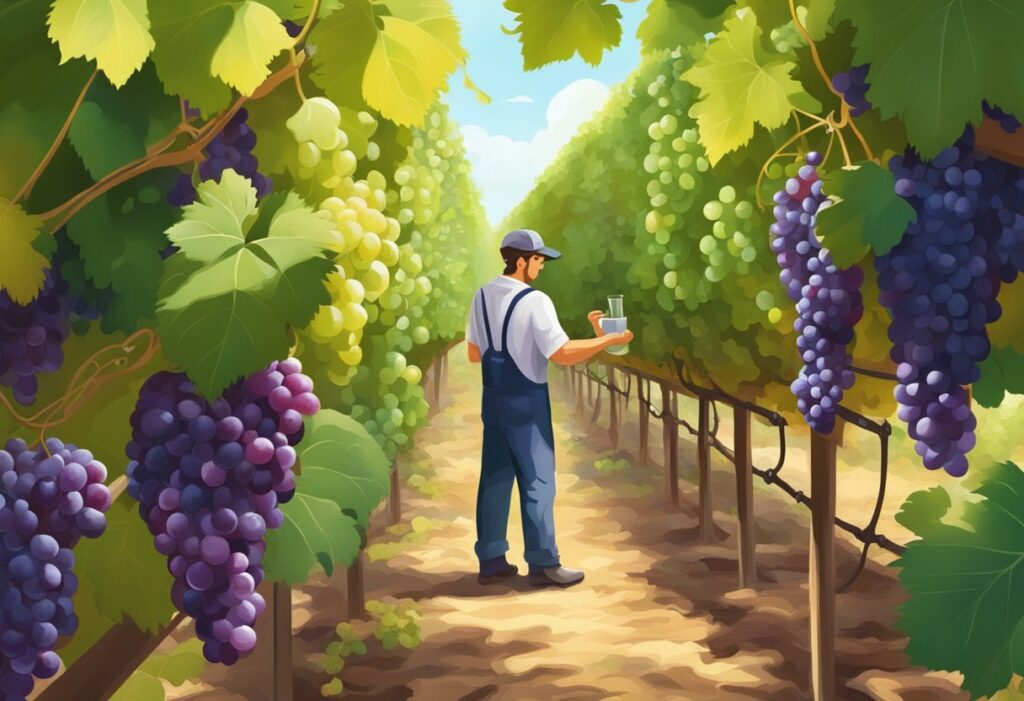
In the winemaking process, color is not merely a visual attribute but influences your experience through tannins, acidity, aging, and blending. Precise management of these factors is crucial for vintners.
Role of Tannins
Tannins affect the color intensity and longevity of wine. They’re found in grape skins, seeds, and stems, and to increase their presence, you can leave the skins in contact with the juice for a more extended period during maceration. The interaction between tannins and the color compounds can also affect the wine’s astringency and mouthfeel.
Acidity and PH Levels
Acidity and pH levels are essential for stabilizing wine color. Wines with lower pH tend to have increased color stability and brighter hues. Adjusting acidity levels can shift the color, where a higher acidity typically yields a more vibrant red in young wines, also affecting the wine’s overall longevity.
Aging and Oxidation Process
The aging and oxidation processes play pivotal roles in wine color evolution. Over time, red wines can develop a brick-like hue due to the interaction with oxygen, while white wines might gain deeper color. Using sulfites, which act as antioxidants, can slow down the oxidation process, preserving the wine’s original color and flavor.
Blending
Blending different grape varieties can adjust the wine’s final color to achieve the desired shade and consistency. This technique is also used to balance flavor, tannin content, and acidity. A controlled environment, with careful monitoring of temperature and exposure to oxygen, ensures the blend meets the winemaker’s precise standards.
Evaluating Wine Color
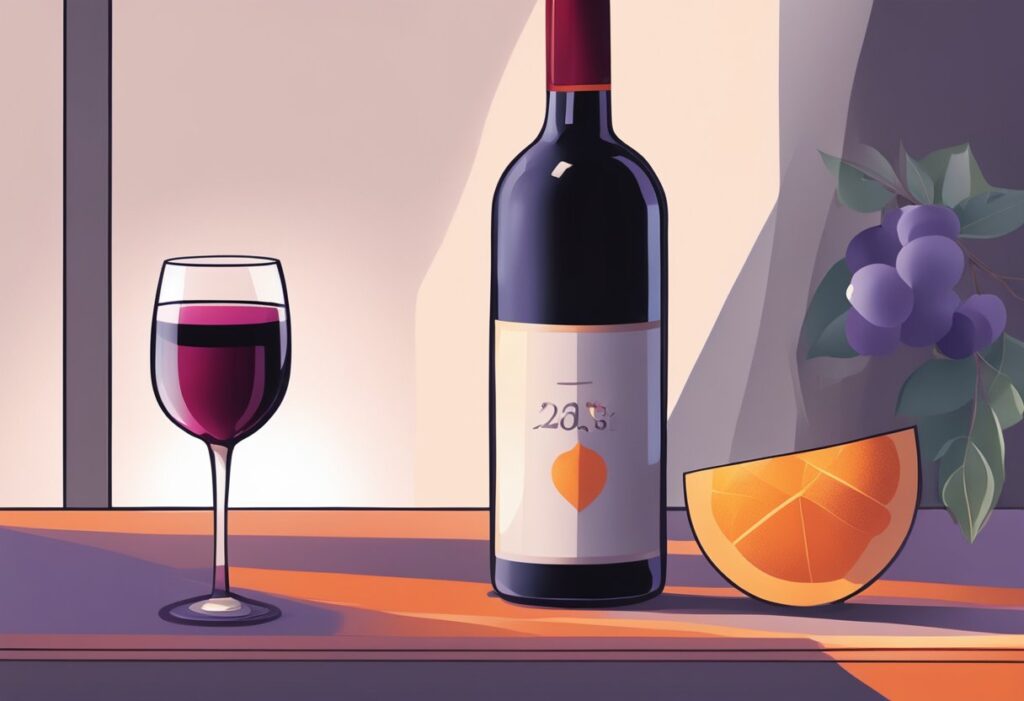
Evaluating the color of wine is an essential aspect of wine tasting, providing insights into the quality, potential flavor profile, and age of the wine. It is a critical first step in both casual enjoyment and professional assessments like blind tasting.
Wine Tasting and Color Analysis
When you’re tasting wine, observing the color is not just for aesthetic appreciation; it’s a technique you can use to gain valuable information about what you’re about to drink. The intensity and hue can indicate the grape variety, age, and concentration.
For example, red wines often become lighter with age, while white wines may darken. To effectively analyze wine color, hold your glass over a white background and examine the color from the rim to the center.
During blind tastings, recognizing the subtle shades can guide you to the correct varietal or region. If you’re practiced in this skill, you could potentially pinpoint the wine’s age and even the winemaker, without ever seeing the label.
Wine Color Chart Use
A wine color chart is a practical tool enabling you to match the colors you observe to known standards. Think of it as a color-matching poster—a reference that helps you categorize wine with greater accuracy. Use the chart to:
- Assess color intensity: Light, medium, or dark.
- Determine hue: Ruby, garnet, straw, or amber.
Keep a chart handy during tastings to refine your ability to remember and recognize the diverse colors of wine. It’s especially useful for developing your mental repertoire and applying it to real-world wine evaluations.
Technical Aspects of Wine Color
Understanding the technical aspects of wine color involves not only appreciating its visual appeal but also recognizing the precise methods and chemical underpinnings that contribute to its wide range of hues.

Color Metrics and Measurement Systems
Wine color measurement is essential for quality control and is performed using various colorimetric systems. The RGB (Red, Green, Blue) color space is one system that represents color in terms of these three primary colors.
When working with digital systems, such as colorimeters, wine color can be quantified into RGB percent values. Another model, the CMYK (Cyan, Magenta, Yellow, Key/Black) color space, is used mainly in printing but not typically for measuring wine color.
Besides RGB, the HSL (Hue, Saturation, Lightness) and HSV (Hue, Saturation, Value) models also offer insight into wine color by distinguishing its different aspects. HSL captures the intensity of color (saturation) and the degree of lightness or darkness. In contrast, HSV focuses on color vibrancy (value) and saturation.
The XYZ color space represents color more in line with human vision and is based on how the eye perceives red, green, and blue. Hex triplet, a six-digit, three-byte hexadecimal number used in HTML, CSS, SVG, and other computing applications to represent colors, is not commonly used in practical wine color evaluation.
Chemistry of Wine Color
The chemistry of wine color is determined by the presence of compounds such as anthocyanins and tannins. These compounds are influenced by factors like pH levels where a higher pH indicates lower acidity and can cause a bluish tint in the wine’s appearance.
As seen on Wine Folly, bluish tints towards the rim suggest a lower acidity level. The structural composition of these color compounds can be complex, with elements like castavinols contributing to the nuances of wine color without themselves being colored.
Color relationships play a role as well. Complementary colors are opposite each other on the color wheel, while analogous colors are next to each other, offering harmony. A triadic color scheme uses three evenly spaced colors, whereas a tetradic color scheme employs four. In the context of wine, these terms may be used when discussing color balance and aesthetics for label design or branding, rather than the wine color directly.
Visual Characteristics and Terminology
Understanding the visual aspects of wine are crucial as they can provide insights into a wine’s age, grape variety, and flavor profile. Knowing how to describe and interpret these characteristics allows you to better appreciate and discuss wine.
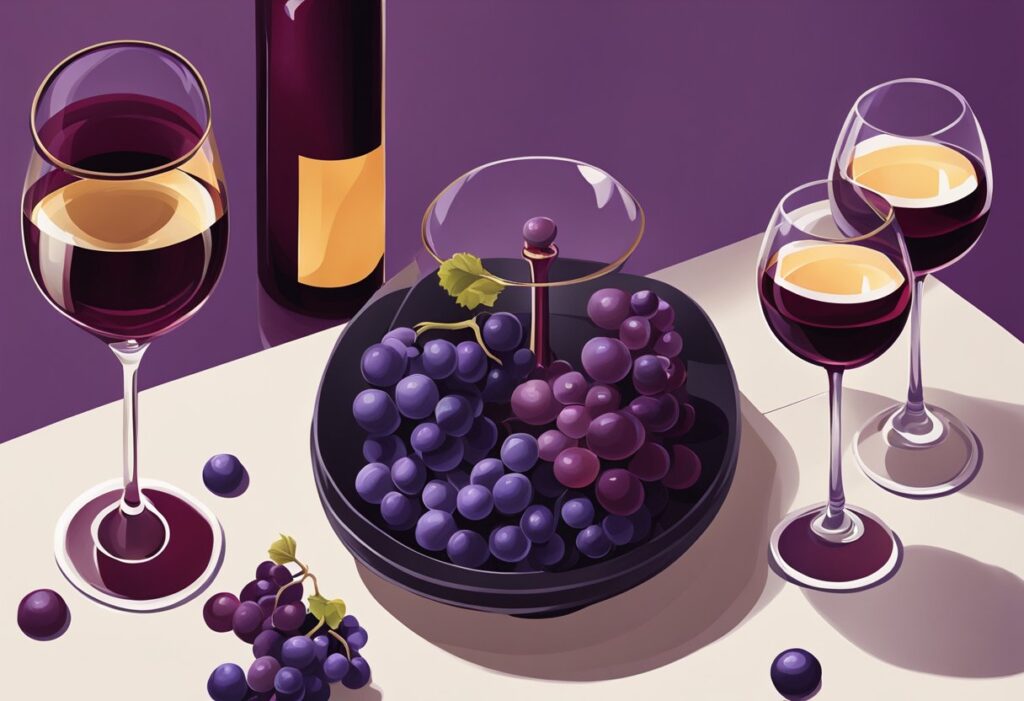
Describing Wine Color
When you examine wine color, pay close attention to the intensity of color, which may give clues about the wine’s body and richness. A deeply pigmented wine, often associated with varietals like Malbec or Cabernet Sauvignon, suggests a robust flavor and potentially higher tannin content. On the other hand, a lighter intensity, such as in a Pinot Noir, often indicates a lighter body.
A wine’s hue also provides information about its condition and age. For example, a red wine with a blueish tint or violet hue generally indicates a younger wine, while mature reds might evolve to a garnet or even brownish tone. In white wines, a youthful wine will often exhibit pale straw colors, evolving to deep gold or amber as it ages.
Color Terminologies in Wine Culture
Wine color terminology is as rich as the beverage itself, with a lexicon that reflects the wine’s visual identity.
- Ruby: A vibrant, red hue without the influence of purple or brown, signifies a red wine in its youth.
- Garnet: A mature red wine develops this color, which mixes red with a slight orange or brown, giving off an impression of a somewhat brick-ish color.
- Burgundy: This can describe both a wine from the Burgundy region and a deep red color with a hue that could be closely matched to the hex code #722f37.
In discussing wine, you might also hear terms that describe the wine’s “temperature” on a color wheel—colors like burgundy may approach a 353° hue, whereas a wine may express a 59% saturation and 45% lightness, offering a complex palette of tones used in wine terminology.
Cultural and Regional Influence on Wine Color
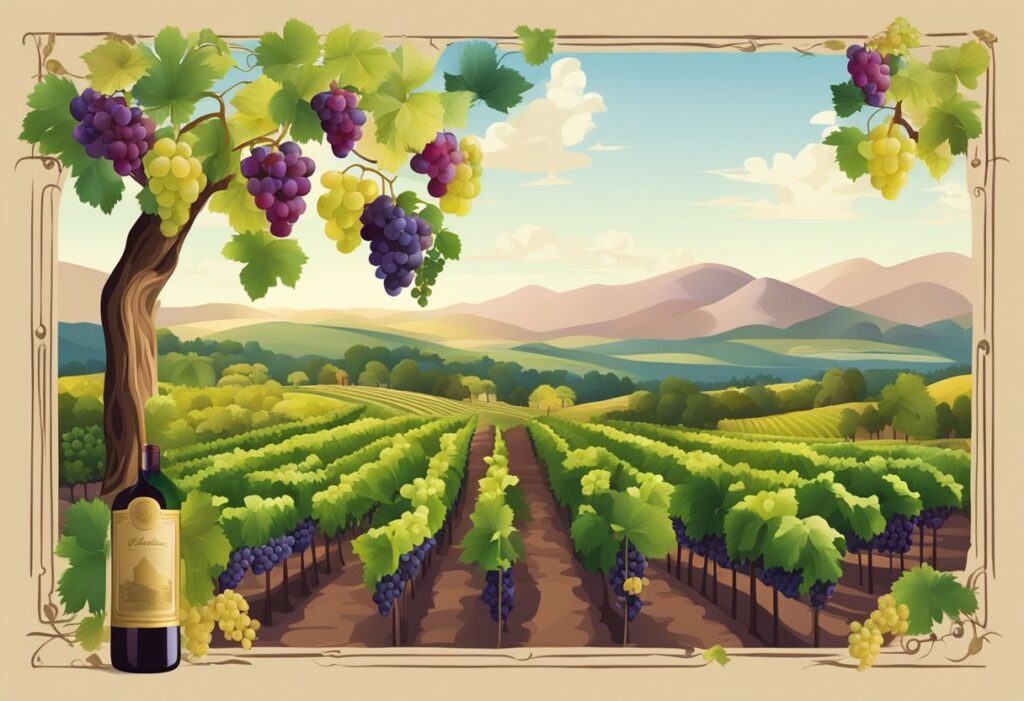
You’ll discover that the color of wine is deeply influenced by both cultural preferences and the region where the grapes are grown. This section explores the distinctive color characteristics of notable wine regions and how specific wine varieties manifest their color profiles.
Notable Wine Regions’ Color Signatures
- Bordeaux: You’ll find this region is famed for its deep red claret, a term often used in English-speaking countries for the wines of Bordeaux. The color of Bordeaux wines can range from a medium to deep red, and is especially prominent in the Cabernet Sauvignon grapes, known for their thick skin and robust color.
- Burgundy: Burgundy wines, particularly those made from Pinot Noir grapes, are known for their lighter, more translucent red hue, which can reflect the delicacy of the grape.
- Tuscany: Here, Sangiovese grapes produce wines with a spectrum of colors, from medium red in Chianti to deep red in Brunello di Montalcino, reflecting the versatility of the grape under different winemaking practices.
Wine Varieties and Color Profiles
- Syrah/Shiraz: You typically observe a rich, dark color, often with violet hues due to the skins’ high anthocyanin content.
- Malbec: This variety often presents a dark purple-red color, which is remarkably deep and intense, partially reflecting its French origins while being popularized by Argentinian winemakers.
- Nebbiolo: Wines like Barolo or Barbaresco, made from the Nebbiolo grape, exhibit a uniquely lighter brick red color that belies their robustness.
- Tempranillo: Known for hues that can span from ruby red in younger wines to more tawny shades as it ages, this grape is a cornerstone of Spanish wine color identity.
- Rosé Wine: Ranging from faint pink to salmon, the color of rosé wines is influenced by the time grape skins remain in contact with the juice, with styles differing notably between regions like Provence and Rioja.
- Zinfandel: In contrast, California’s Zinfandel can show a robust red to a more moderate pink in its rosé form, known as White Zinfandel.
- Pinotage: South Africa’s signature grape yields a deep red wine that often carries earthy brown undertones.
The Science Behind Wine Colors
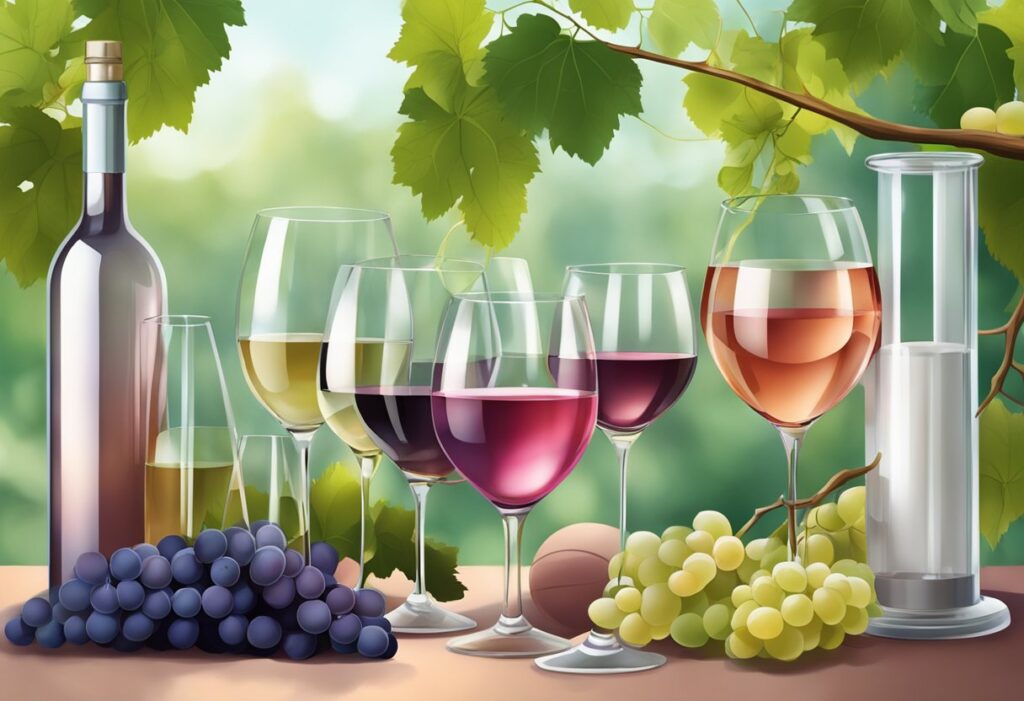
The color of a wine is a direct result of the complex interplay between its biochemistry and environmental factors, with elements such as anthocyanin and pH level playing pivotal roles.
Biochemistry of Wine Colors
Anthocyanins are the key color pigments in red wines, which are extracted from grape skins during fermentation. The intensity and hue of the color are influenced by the pH level of the wine; lower pH levels tend to preserve the bright red and purple shades of anthocyanin, whereas higher pH levels can lead to more brick-red tones.
In addition to the primary pigments, co-pigmentation occurs when anthocyanins bind with other types of molecules, resulting in stable and sometimes enhanced color profiles.
Environmental Factors Affecting Wine Color
Your wine’s color can also be shaped by environmental aspects such as sunlight exposure, temperature, and soil composition throughout the grape growing process. UV light can affect the synthesis of anthocyanins in grape skins, thus influencing the final color of the wine.
Temperature fluctuations, particularly during the ripening phase, can alter the concentration and composition of anthocyanins and other phenolic compounds, affecting the opacity and overall appearance of the wine.
Frequently Asked Questions
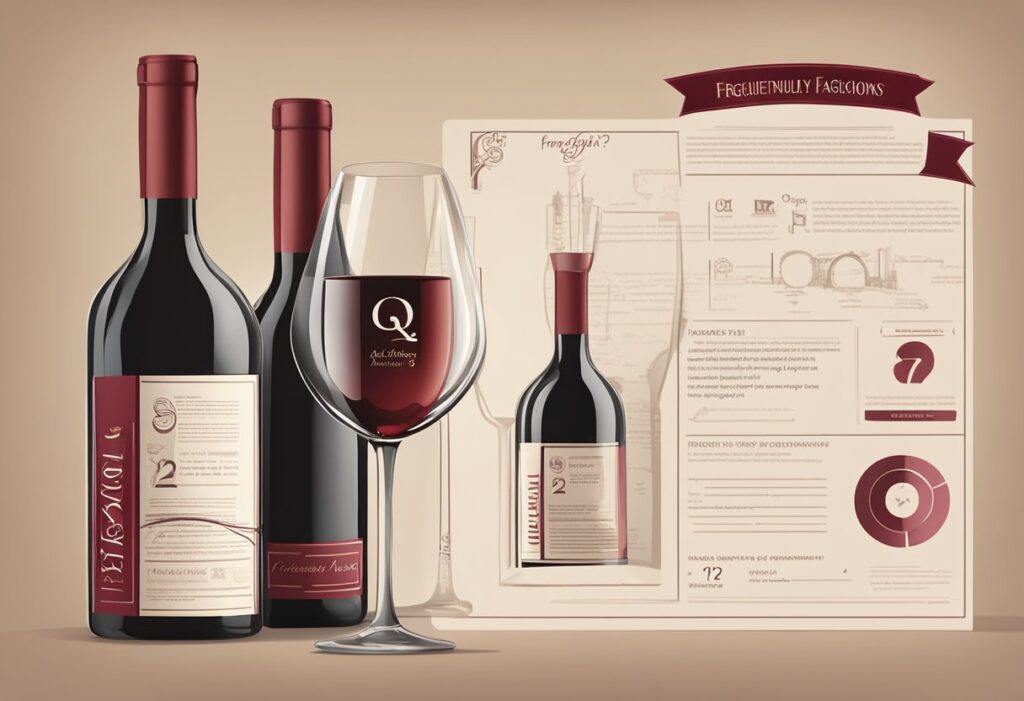
The color of wine offers insights into its type, quality, and age. Understanding the hues can enhance your wine experience.
How does the color of wine indicate its type and quality?
The color of wine often reveals both type and quality. Whites may range from pale yellow to deep gold, indicating variety and aging conditions, whereas reds can vary from light ruby to rich purple, reflecting grape type, age, and storage conditions. A wine’s color can hint at its body, tannin level, and readiness to drink. For instance, red wines that show a tinge of orange at the edges may be older.
What distinguishes burgundy color from typical wine color?
Burgundy, named after the wine produced in the Burgundy region of France, is a deep red with a hint of purple. This rich hue is darker than the standard red wine color, which can range from bright ruby to a medium red. The unique burgundy shade reflects the specific use of Pinot Noir or Gamay grapes, which possess distinctively deep pigmentation.
Which color palettes complement wine color effectively for design and fashion?
In design and fashion, wine color pairs well with earthy tones like olive green, mustard, or even taupe for a grounded palette. For a bold contrast, you might pair it with bright colors such as teal or coral.
Can the color of a red wine give hints about its age and flavor profile?
Absolutely, the color of a red wine provides clues about its age and flavor profile. Younger red wines are bright with purple hues, whereas aged wines tend toward garnet or brick. These color changes occur due to the slow oxidation over time. For example, a red wine with blueish edges might suggest a younger wine, potentially with more vibrant fruit flavors.
What are the factors that influence the variation of color in different wines?
Several factors contribute to wine color variation, including the type of grapes, the skin contact during fermentation, and the aging process. The presence of compounds like anthocyanins in the grape skins greatly impacts the final hue of the wine. Additionally, exposure to oxygen and the use of oak barrels can alter color over time.
What is the symbolism associated with wine colors in various cultures?
Wine colors carry various symbolisms across cultures. Red wine often represents richness and nobility, while white wine can denote purity and cleanliness. In some cultures, the deep red of wine may signify life and vitality, stemming from its resemblance to blood.
